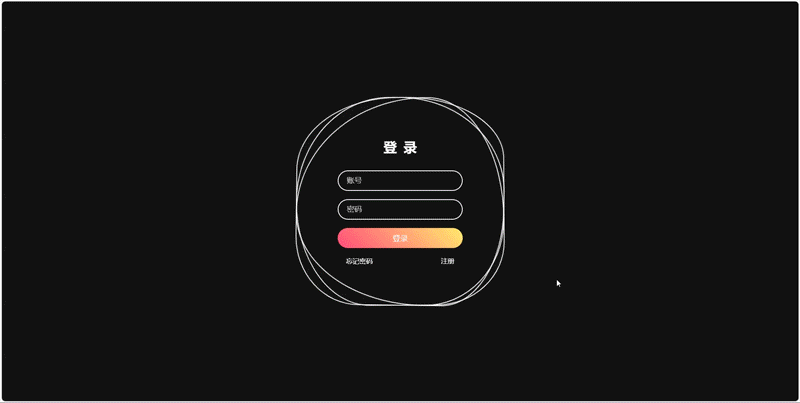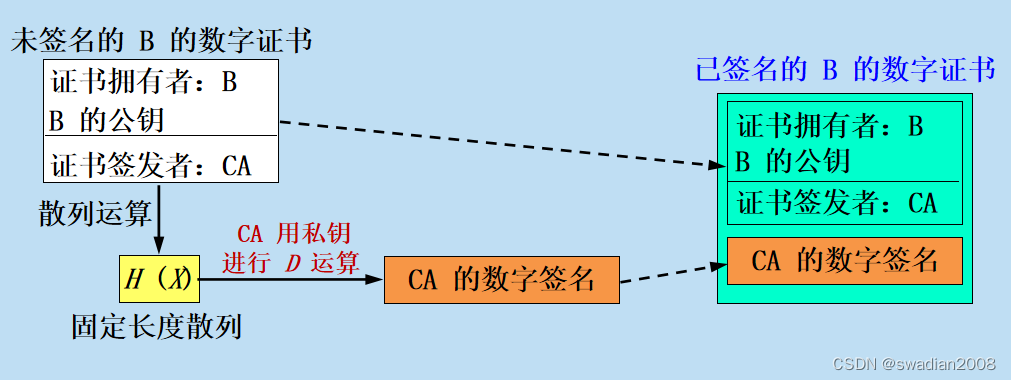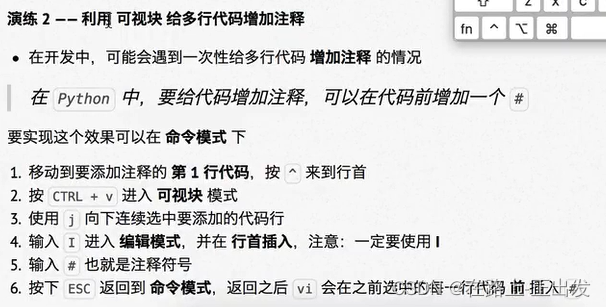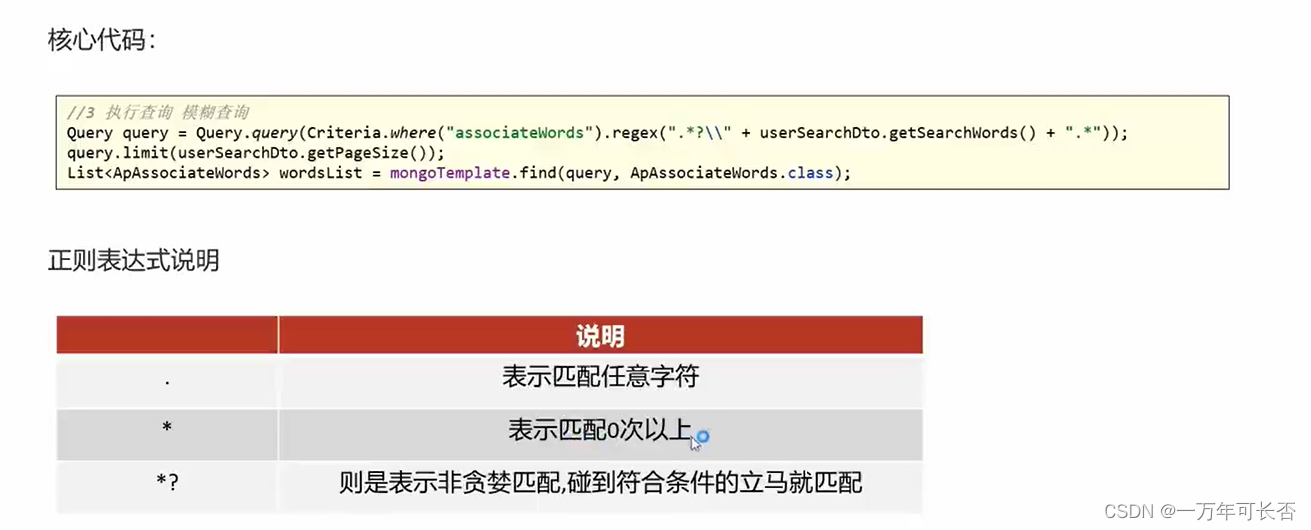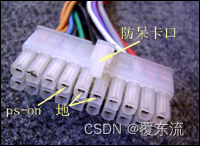能走到这里说明你对模型微调有了一个基本的认识。那么开始一段命名实体的任务过程,下面使用huggingface官网的数据。
1 准备模型
下面的模型自己选择一个吧,我的内存太第一个模型跑不了。
https://huggingface.co/ckiplab/bert-base-chinese-ner/tree/main
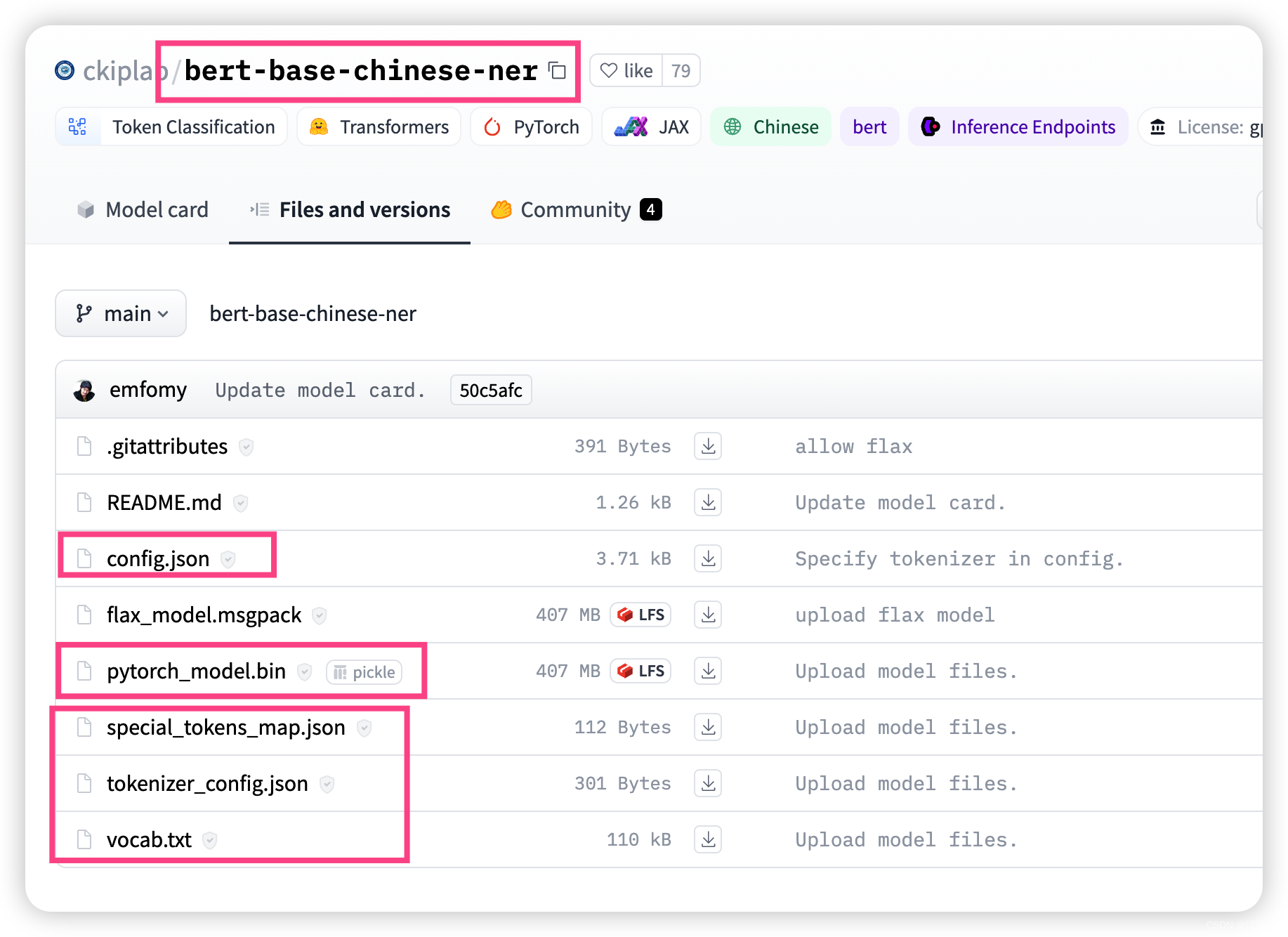

2 准备数据
https://huggingface.co/datasets/peoples_daily_ner
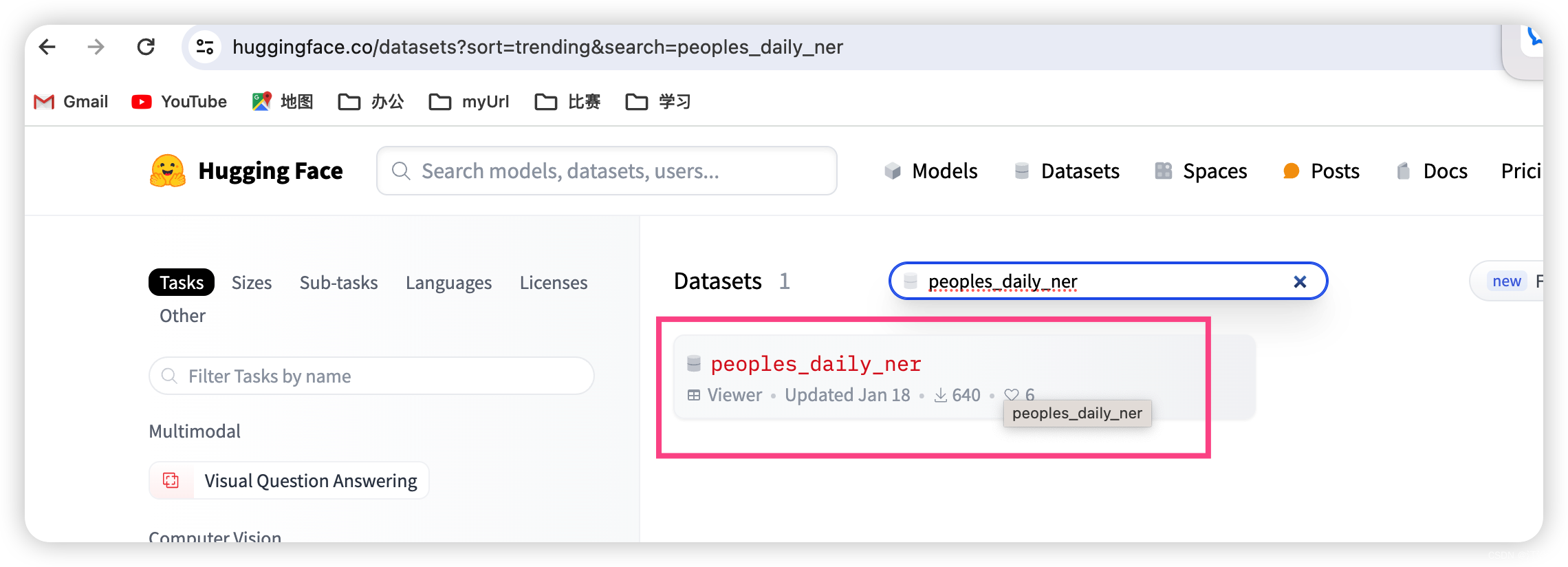
3 训练
评估指标
https://huggingface.co/spaces/evaluate-metric/seqeval
import evaluate
from datasets import load_dataset
from transformers import AutoTokenizer, AutoModelForTokenClassification, TrainingArguments, Trainer, DataCollatorForTokenClassification
# 如果可以联网,直接使用load_dataset进行加载
#ner_datasets = load_dataset("peoples_daily_ner", cache_dir="./data")
# 如果无法联网,则使用下面的方式加载数据集
from datasets import DatasetDict
ner_datasets = DatasetDict.load_from_disk("../data/ner_data/")
ner_datasets
tokenizer = AutoTokenizer.from_pretrained("/Users/user/studyFile/2024/nlp/bert_base_chinese_ner/")
# 借助word_ids 实现标签映射
def process_function(examples):
tokenized_exmaples = tokenizer(examples["tokens"], max_length=128, truncation=True, is_split_into_words=True)
labels = []
for i, label in enumerate(examples["ner_tags"]):
word_ids = tokenized_exmaples.word_ids(batch_index=i)
label_ids = []
for word_id in word_ids:
if word_id is None:
label_ids.append(-100)
else:
label_ids.append(label[word_id])
labels.append(label_ids)
tokenized_exmaples["labels"] = labels
return tokenized_exmaples
tokenized_datasets = ner_datasets.map(process_function, batched=True)
tokenized_datasets
# 自己定义数据的类别个数
label_list = ner_datasets["train"].features["ner_tags"].feature.names
#model = AutoModelForTokenClassification.from_pretrained("../bert_base_chinese_ner/", num_labels=len(label_list))
import torch
model = AutoModelForTokenClassification.from_pretrained("../bert_base_chinese_ner/",num_labels=len(label_list),ignore_mismatched_sizes=True)
#model.num_labels = len(label_list)
#num_labels = len(label_list)
#model.classifier.out_proj.weight.data = torch.nn.functional.linear(model.classifier.weight, (model.classifier.weight.shape[0] / num_labels))
#model.classifier.out_proj.bias.data = model.classifier.bias
# 这里方便大家加载,替换成了本地的加载方式,无需额外下载
seqeval = evaluate.load("seqeval_metric.py")
seqeval
import numpy as np
# 自定义评估指标
def eval_metric(pred):
predictions, labels = pred
predictions = np.argmax(predictions, axis=-1)
# 将id转换为原始的字符串类型的标签
true_predictions = [
[label_list[p] for p, l in zip(prediction, label) if l != -100]
for prediction, label in zip(predictions, labels)
]
true_labels = [
[label_list[l] for p, l in zip(prediction, label) if l != -100]
for prediction, label in zip(predictions, labels)
]
result = seqeval.compute(predictions=true_predictions, references=true_labels, mode="strict", scheme="IOB2")
return {
"f1": result["overall_f1"]
}
args = TrainingArguments(
output_dir="models_for_ner",
per_device_train_batch_size=64,
per_device_eval_batch_size=128,
evaluation_strategy="epoch",
save_strategy="epoch",
metric_for_best_model="f1",
load_best_model_at_end=True,
logging_steps=50,
num_train_epochs=1
)
trainer = Trainer(
model=model,
args=args,
train_dataset=tokenized_datasets["train"],
eval_dataset=tokenized_datasets["validation"],
compute_metrics=eval_metric,
data_collator=DataCollatorForTokenClassification(tokenizer=tokenizer)
)
trainer.train()
训练的过程太慢了。


